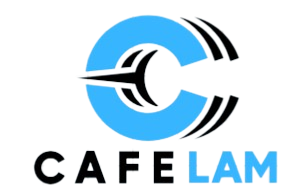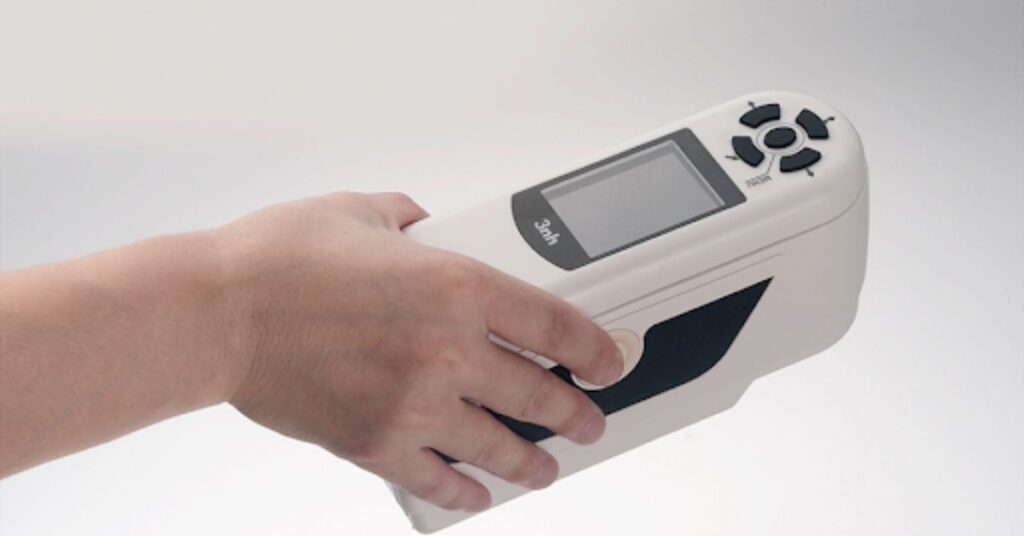Introduction
In today’s competitive food and beverage market, visual appeal plays an equally important role as taste and aroma. Consumers often “eat with their eyes first,” and the first impression of any food product is largely determined by its color. This is why food color measurement has become a critical factor in food production, quality control, and product consistency. Companies are increasingly investing in advanced food color measurement technology to ensure that their products meet both regulatory standards and consumer expectations. Among the leaders in this field, 3nh has become a trusted name, offering reliable instruments for accurate and consistent results.
Why Food Color Matters
Color is not just about aesthetics; it influences how consumers perceive freshness, quality, and even flavor. For example:
- A bright red tomato suggests ripeness and juiciness.
- A pale or dull-looking fruit may be perceived as stale or less nutritious.
- Golden brown baked goods signal proper cooking, while under-baked items look unappetizing.
In beverages, too, color consistency is crucial. Imagine buying a bottle of orange juice that looks pale one week and dark the next. Even if the taste is identical, consumers might assume the product quality has declined. That’s why brands cannot afford variations, making food color measurement an integral part of their quality assurance process.
The Science Behind Food Color Measurement
Food color is usually quantified using three parameters:
- Hue – The actual shade (red, green, yellow, etc.).
- Chroma – The saturation or intensity of the color.
- Lightness (L*) – How light or dark a color appears.
Accurate measurement requires specialized devices that analyze these values and translate them into data. Traditional visual inspections by humans are subjective and inconsistent, which is why industries rely on food color measurement technology for precision and repeatability.
Applications of Food Color Measurement
The use of color measurement tools spans across almost every sector of the food and beverage industry:
1. Bakery and Confectionery
From bread crusts to chocolates and candies, maintaining a consistent color ensures consumer satisfaction. A slight variation can alter perception of taste or freshness.
2. Beverages
Juices, sodas, and alcoholic drinks all depend on consistent coloration. For example, cola should always have the same shade of brown, no matter the production batch.
3. Dairy Products
Cheese, butter, and yogurt require controlled color values. A change in butter’s yellow tone can indicate processing differences.
4. Fruits and Vegetables
Grading and sorting fruits based on ripeness often involves color measurement. Consumers expect bananas, apples, or tomatoes to match certain shades.
5. Processed and Packaged Foods
Instant noodles, sauces, frozen meals, and snacks all require consistent visual quality for branding purposes.
Advancements in Food Color Measurement Technology
Over the years, the industry has shifted from manual inspections to digital devices. Modern food color measurement technology offers:
- Spectrophotometers and Colorimeters – Instruments that deliver precise color data using scientific parameters.
- Portable Devices – Easy-to-use handheld tools for real-time measurement in fields, factories, and labs.
- Software Integration – Color data can be stored, analyzed, and compared across batches for long-term quality assurance.
- Non-Destructive Testing – Products remain intact during measurement, making it ideal for food safety.
These innovations allow manufacturers to detect variations quickly, reducing waste and improving efficiency.
The Role of 3nh in Food Color Measurement
Among the companies providing reliable solutions, 3nh has built a strong reputation for delivering advanced instruments for color analysis. Their products are known for:
- High Accuracy – Ensuring precise color readings across multiple food categories.
- Wide Application – Suitable for beverages, bakery items, fruits, vegetables, dairy, and processed foods.
- Ease of Use – Designed for both laboratory professionals and on-site quality inspectors.
- Cost Efficiency – Helping businesses maintain quality without excessive expenses.
By using devices from 3nh, food producers can monitor their product lines more effectively, avoid batch rejections, and strengthen consumer trust in their brands.
Benefits of Food Color Measurement in the Food Industry
- Consistency Across Batches
A reliable system ensures that every product looks the same, whether produced today or six months later.
- Enhanced Consumer Confidence
Visual uniformity increases trust and improves customer loyalty.
- Regulatory Compliance
Many countries enforce strict guidelines for food additives and color. Measurement technology ensures compliance.
- Reduced Waste
Early detection of inconsistencies helps minimize defective batches, saving both time and raw materials.
- Competitive Advantage
Brands that maintain consistency in quality and appearance stand out in a crowded market.
Future of Food Color Measurement
The future looks even brighter as technology advances:
- AI Integration – Machine learning algorithms will analyze vast datasets, predicting color deviations before they happen.
- IoT-Enabled Devices – Real-time data sharing across production lines for better monitoring and control.
- Automation – Fully automated inspection systems will eliminate human error and speed up production.
Companies like 3nh are expected to lead the way in these innovations, ensuring food manufacturers have access to the most reliable tools.
The grade of fruits, snacks, sauce, and processed food in terms of color, using colorimeters, is used to maintain a visual image that impacts consumer perceptions as well as brand confidence. They assist in measuring ripeness, oxidation, added coloring, as well as adherence to industrial norms, e.g,. USDA color grades of fruits and vegetables. Proper color measurement can also improve process control in food manufacturing; waste is minimized, and product attractiveness is constant throughout production.
Konica Minolta CR-10 Plus vs. 3NH NR200
The Konica Minolta CR-10 Plus is a popular budget / entry-level colorimeter, due to its simplicity and cost.
3nh equivalent: Our equivalent is the 3NH NR200. It is a portable, high-test, portable colorimeter integrated with a large, clear display and an intuitive, easy-to-use interface. NR200 is very repeatable and accurate. This makes it an ideal option for businesses lacking basic quality color checks without learning.
Conclusion
In the food and beverage industry, color is more than just a visual element—it represents quality, consistency, and consumer satisfaction. Modern food color measurement technology ensures that companies can meet these demands effectively. With trusted providers like 3nh, businesses can maintain high standards, reduce waste, and strengthen brand reputation.
Ultimately, color control is no longer an optional practice but a necessity for any company that wants to stay competitive in today’s market.







